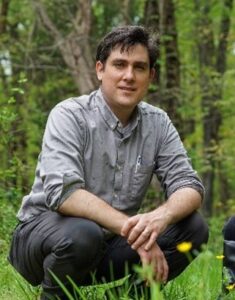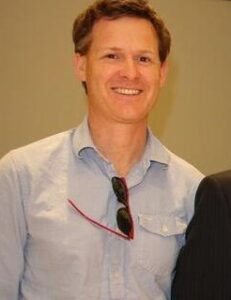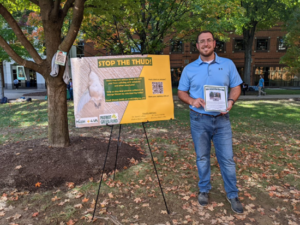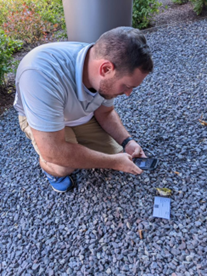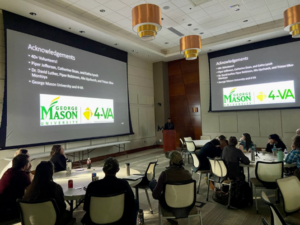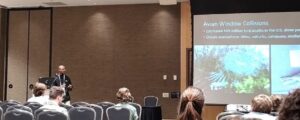
In the Developing Minds Lab at George Mason, Sabine Doebel says she has a dream job. As an undergraduate, she became fascinated by children’s thinking and how it changes with age. Now, as an assistant professor in the Department of Psychology, where she directs the Lab, she spends much of her time designing studies to understand how young children learn to think and act flexibly — that is, how they develop ‘executive function’ skills. Although these skills are vital to children’s success in school and beyond, much remains unknown about their development.
Particularly important for academic success is working memory — the capacity to maintain and manipulate information of known words, numbers, and other symbols. Working memory is often measured using tests including the Backward Digit Span, in which children repeat increasingly long sequences of digits in backwards order. “I have always been interested in how experience may shape working memory skills,” says Doebel. She was particularly curious about how early learning experiences at home— specifically in the domains of literacy and numeracy — could foster growth in working memory span.
Through an earlier 4-VA award, Doebel had the opportunity to share this new project idea with her colleague and mentor, Angeline Lillard, a widely respected developmental psychologist and researcher in the Department of Psychology at UVA. Explains Doebel, “Our collaboration would not have taken off the way it did if it hadn’t been for Angeline, because she was the one who sent me an email about 4-VA. She said, ‘Have you heard of 4-VA? We should consider this option.’”
Angeline Lillard, a widely respected developmental psychologist and researcher in the Department of Psychology at UVA. Explains Doebel, “Our collaboration would not have taken off the way it did if it hadn’t been for Angeline, because she was the one who sent me an email about 4-VA. She said, ‘Have you heard of 4-VA? We should consider this option.’”
When 4-VA@Mason approved Doebel’s proposal “How Does Experience Support Working Memory Development?” the team got to work. Doebel’s lab recruited and tested over 100 children on four different variations of the backward span tasks. Parents also completed a detailed survey reporting frequency and variety in various home learning practices. Lillard leveraged her own participant pool and school connections to recruit an additional sample of conventionally schooled and Montessori-educated children.
Doebel enlisted Mason undergraduate student Jordan Hassani and PhD student Nicole Stucke to collect the data. Hassani created the survey, tested the children, and coded the data. Stucke, who has functioned as the Developing Minds lab manager, helped with testing. Other team members, including Mason undergraduate Scarlett Bird-Guerra, were involved in community-based recruitment efforts.


UVA undergraduate Maksud Juraev and graduate student Abigail Kissinger led the UVA data collection efforts.
The team noted that the results were both predicted and surprising. As expected, they found that children show larger backward spans for items that are relatively familiar—for example, performance on trials that involved the digits 1, 2, 3 was better than on trials involving 7, 8, 9. However, while Doebel expected that children who engaged in more numeracy practices at home might show better performance on a backward span task involving digits, this was not found to be evident. Instead, it was observed that the backward digit span was related to home literacy practices, and that this was true even after accounting for effects of other home learning practices and age.
Doebel presented the findings at the American Psychological Association and at the Society for Research on Child Development. She plans to submit manuscripts to academic journals in the field.
Next up for the team is to dive deeper into Lillard’s connections in Charlottesville with Montessori schools to test whether children who are Montessori-educated show larger backward digit spans than children who are educated in conventional schools, as expected given the emphasis Montessori schools place on literacy and numeracy.
Doebel reflects on the relationships and growth experienced through the 4-VA project, “As a result of this funding, my students have progressed in their career trajectories — Jordan is now at the University of Maryland as a research coordinator in a NIH-funded lab, and he’s hoping to gain admittance to a Ph.D. program in clinical psychology. He got that opportunity in part because he participated in this project through 4-VA where he engaged real research experience.”

The original project has also led to a further study that will investigate the role of language in working memory by exploring how bilingual children with varying degrees of exposure to numerical language perform on the backward digit span task. This project is led by Victoria Rabii, a rising second year PhD student in the Applied Developmental Psychology program who is co-mentored by Doebel and Dr. Adam Winsler and funded by a Presidential Scholarship. The goal of the project is to better understand how young children’s working memory performance may be affected by their proficiency with relative linguistic concepts. “Previously, when children scored low on the task it was pretty common for this to be interpreted as indicating low working memory ability. But now things are changing a bit and we are asking whether children may show better performance if they are more fluent with the content that is integral to the task,” says Doebel.
Personally, and professionally, Doebel is grateful for the collaboration with Lillard. “Angeline has been a major mentor for me — it means a lot to have a relationship with her. We have published together previously, and we are always thinking about new project ideas that could lead to external funding. This likely never would have happened if not for 4-VA,” Doebel concludes.


 Led by Myeong Lee, Mason’s Assistant Professor of Information Science and the Director of the Community Informatics Lab, the researchers also included former College of Science faculty members Olga Gkountouna, who assisted with machine learning model development, and Ron Mahabir who provided insight on geographical data analysis. Amr Hilal of Virginia Tech helped with data analytics from a machine learning perspective.
Led by Myeong Lee, Mason’s Assistant Professor of Information Science and the Director of the Community Informatics Lab, the researchers also included former College of Science faculty members Olga Gkountouna, who assisted with machine learning model development, and Ron Mahabir who provided insight on geographical data analysis. Amr Hilal of Virginia Tech helped with data analytics from a machine learning perspective. in their geographical area, it tends to attract more participants. In a second finding, the team implemented three advanced machine learning models to predict the success of local Meetup groups, finding that the performances of these prediction models vary across different categories and cities, with some outperforming the state-of-the-art models.
in their geographical area, it tends to attract more participants. In a second finding, the team implemented three advanced machine learning models to predict the success of local Meetup groups, finding that the performances of these prediction models vary across different categories and cities, with some outperforming the state-of-the-art models.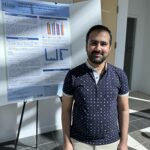 Graduate student Muhammad Umair (left), who gathered and processed fMRI and firing rate data for the research, won first place at the College of Engineering and Computing Innovation Week at Mason with a poster titled ‘Subject and Task Fingerprint using Dynamic Reconstruction from fMRI Time-series Data’.
Graduate student Muhammad Umair (left), who gathered and processed fMRI and firing rate data for the research, won first place at the College of Engineering and Computing Innovation Week at Mason with a poster titled ‘Subject and Task Fingerprint using Dynamic Reconstruction from fMRI Time-series Data’.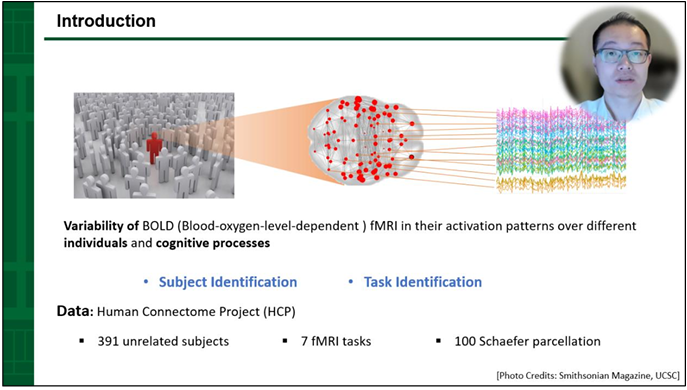

 This dilemma had been on the mind of Margaret Weiss, Associate Professor of Special Education at Mason who has long researched co-teaching and pre-service teacher preparation. She saw an acute need to develop and then test a hybrid professional learning series to prepare general and special education teachers in secondary inclusive classrooms to implement effective co-teaching practices.
This dilemma had been on the mind of Margaret Weiss, Associate Professor of Special Education at Mason who has long researched co-teaching and pre-service teacher preparation. She saw an acute need to develop and then test a hybrid professional learning series to prepare general and special education teachers in secondary inclusive classrooms to implement effective co-teaching practices. Rodgers, an Associate Professor at VCU, would be the perfect collaborator. Rogers specializes in inclusive classrooms, co-teaching, learning disabilities, single-case design methods, collaboration, and classroom observation. As VCU is a partner in the 4-VA network, Weiss was able to invite Rodgers to join her in a 4-VA proposal as a co-principal investigator, which was subsequently greenlighted by the 4-VA@Mason Advisory Board.
Rodgers, an Associate Professor at VCU, would be the perfect collaborator. Rogers specializes in inclusive classrooms, co-teaching, learning disabilities, single-case design methods, collaboration, and classroom observation. As VCU is a partner in the 4-VA network, Weiss was able to invite Rodgers to join her in a 4-VA proposal as a co-principal investigator, which was subsequently greenlighted by the 4-VA@Mason Advisory Board.





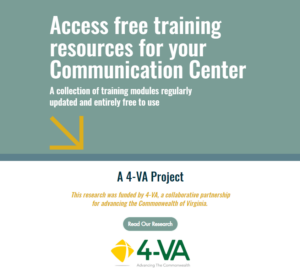 communication center consultants:
communication center consultants: 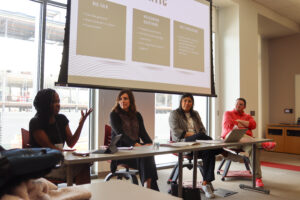 The project and results were presented at the National Association of Communication Centers (NACC) Conference last spring in Blacksburg, Va, and recently at the National Communication Association conference in National Harbor, Md. Broberg reports, “The response was really exciting. Directors from centers all across the country were grateful for the new resources to help training be more consistent and reliable nationwide.”
The project and results were presented at the National Association of Communication Centers (NACC) Conference last spring in Blacksburg, Va, and recently at the National Communication Association conference in National Harbor, Md. Broberg reports, “The response was really exciting. Directors from centers all across the country were grateful for the new resources to help training be more consistent and reliable nationwide.”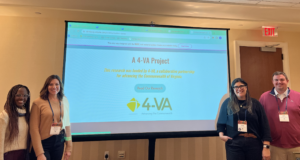
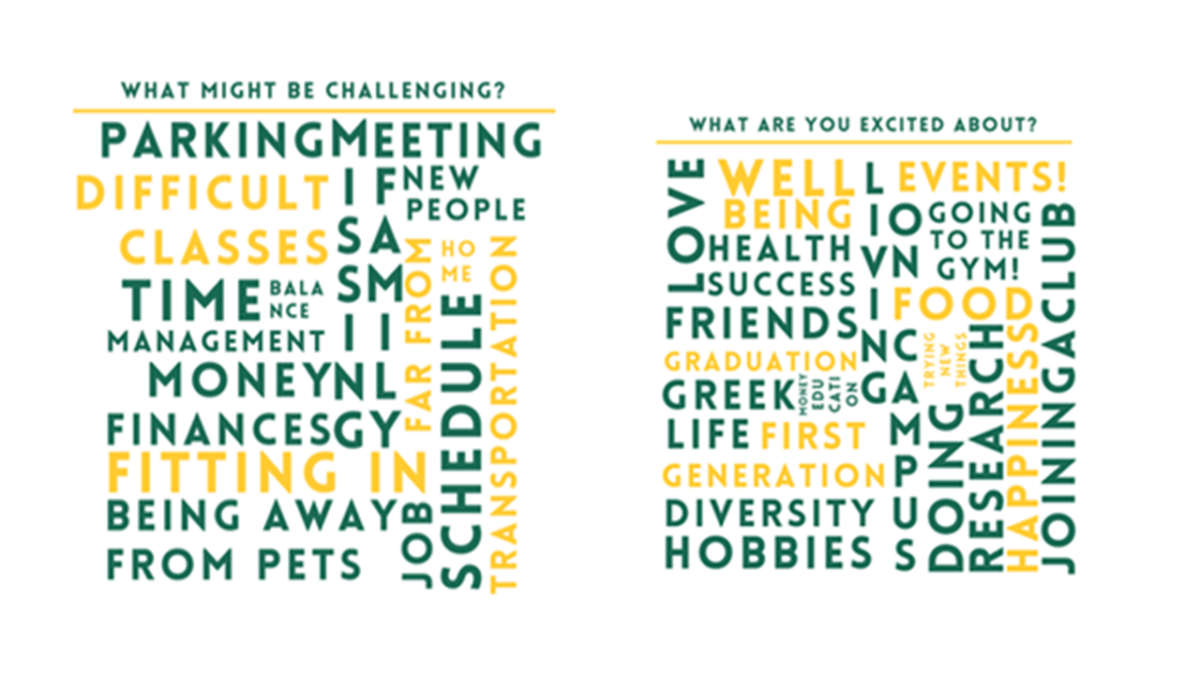
 The concept is being led by Kelly Schrum, a professor in Mason’s Higher Education Program in the College of Humanities and Social Sciences. Schrum has brought together a group of faculty members, undergraduate, and graduate students to put the plan into action. In addition, representatives from ADVANCE, the Office of Undergraduate Admissions, and the First-Gen+ Center will also play a role in the project.
The concept is being led by Kelly Schrum, a professor in Mason’s Higher Education Program in the College of Humanities and Social Sciences. Schrum has brought together a group of faculty members, undergraduate, and graduate students to put the plan into action. In addition, representatives from ADVANCE, the Office of Undergraduate Admissions, and the First-Gen+ Center will also play a role in the project.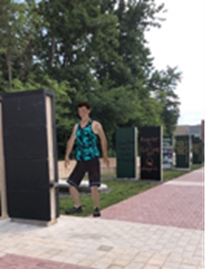 welcomes them to Mason. Students will see a virtual panel where they will find questions and answers from current students and be invited to add their voice to the conversation. Encouraging words from the First Gen+ Center will appear on the screen, such as “You are the first, but you won’t be the last.”
welcomes them to Mason. Students will see a virtual panel where they will find questions and answers from current students and be invited to add their voice to the conversation. Encouraging words from the First Gen+ Center will appear on the screen, such as “You are the first, but you won’t be the last.”